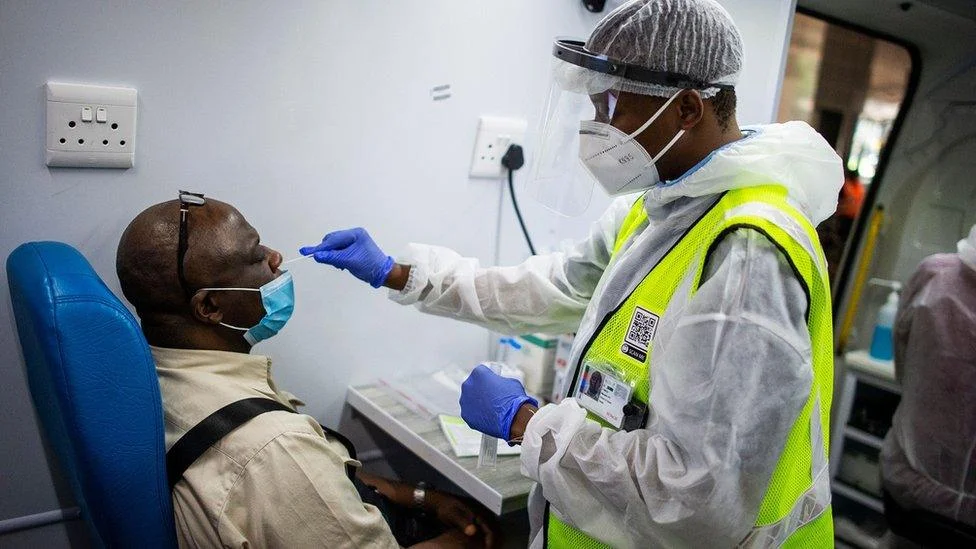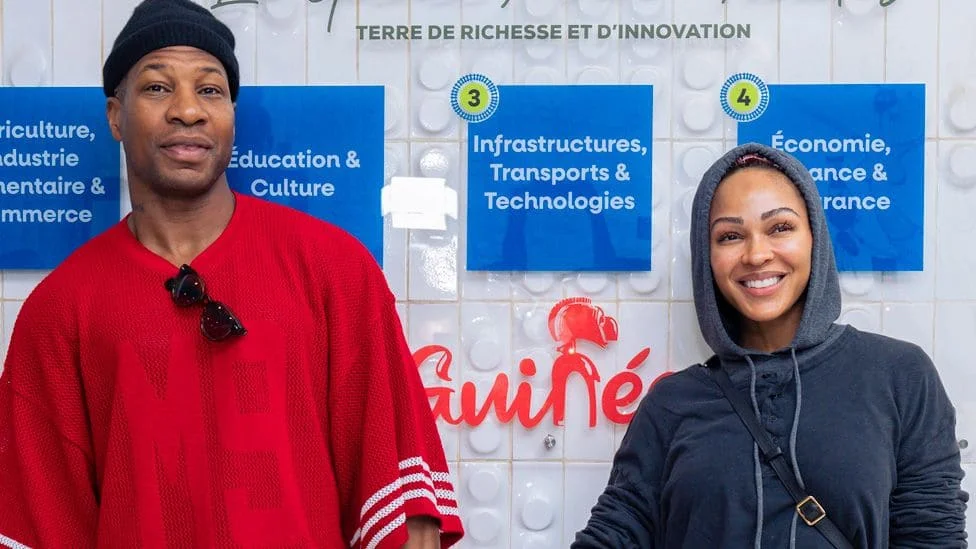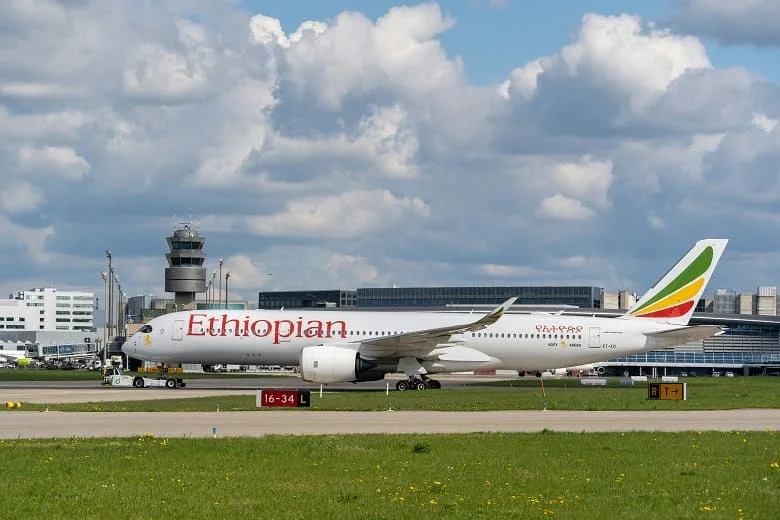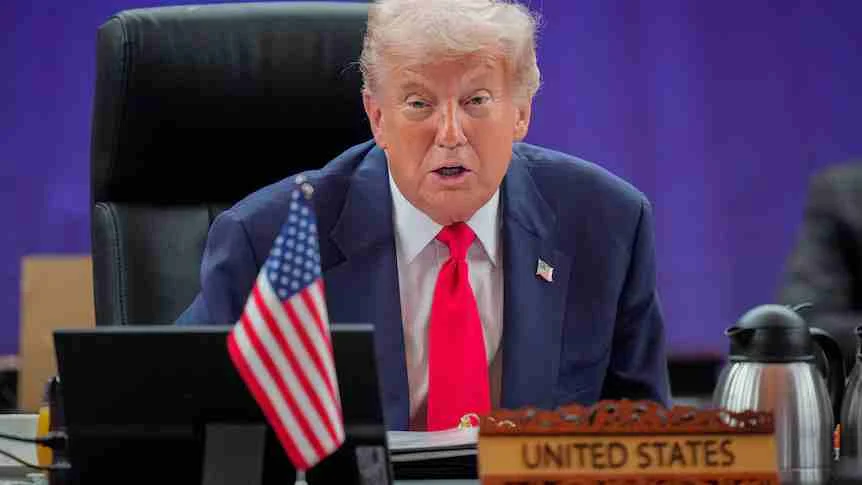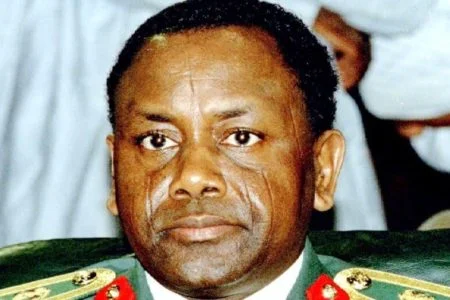In January 2021, President Cyril Ramaphosa announced a three-phase COVID-19 vaccine plan to immunize 40 million of South Africa’s 60 million people by year-end, targeting herd immunity, per. Phase 1 prioritized 1.2 million health workers, Phase 2 covered 16 million elderly and frontline workers, and Phase 3 aimed for 22.5 million adults.
The plan relied on 1.5 million AstraZeneca doses from India’s Serum Institute, expected in January–February, and COVAX for 10% of the population by June, per.
AstraZeneca Setback
On February 7, 2021, South Africa halted its AstraZeneca rollout after a trial showed only 21.9% efficacy against mild-to-moderate cases of the B.1.351 variant, dominant in 90% of local infections, per.
The 1 million doses received were sold to African Union members by March, per. South Africa pivoted to Johnson & Johnson’s single-dose vaccine (9 million ordered) and Pfizer-BioNTech (20 million secured), starting vaccinations on February 17, per,.
DA Criticism and Transparency Issues
The Democratic Alliance (DA) slammed the government’s plan as “unrealistic,” citing unclear sourcing and logistics, per. DA’s Siviwe Gwarube warned of a third wave risk, per. Angelique Coetzee of the South African Medical Association called the 150,000 daily vaccinations needed “impossible” due to limited capacity, per.
Corruption scandals, with $889 million in COVID-related purchases under investigation, eroded trust, per. The DA accused the government of favoring Chinese and Russian suppliers for kickbacks, per.
Logistical and Equity Challenges
By August 2021, only 11.1 million of 52.6 million secured doses were administered, per. Rural distribution faltered, with 30% of areas lacking roads, per. COVAX, meant to deliver 9 million doses, faced delays as India halted exports in April, per,. South Africa paid $12–13 per COVAX dose, quadruple AstraZeneca’s $3 direct price, per. Vaccine hesitancy, driven by 33% of adults citing safety concerns, further slowed uptake, per.
Critical Analysis
The plan’s failure to secure timely doses reflected COVAX’s reliance on rich nations’ surplus, with G7 hoarding 1.2 billion doses, per. The AstraZeneca halt, based on a small trial of 2,000 young participants, may have been premature, as T-cell responses suggested severe disease protection, per. Corruption allegations, including Health Minister Zweli Mkhize’s June 2021 suspension, undermined confidence, per. South Africa’s 7% vaccination rate by August, versus WHO’s 40% goal, risked prolonged outbreaks, per.
Path Forward
South Africa must accelerate Pfizer and J&J distribution, leveraging pharmacies like Clicks, per. Investing $5.7 billion in cold chains and 10,000 health workers, per UNICEF, could bridge rural gaps. Transparency in procurement, as urged by MSF, is critical to rebuild trust, per. Addressing hesitancy via community campaigns, as Rwanda achieved 65% uptake, per WHO, is urgent. Local manufacturing, like Aspen’s 220 million J&J doses, could ensure equity, per. Without these, South Africa’s 1.5 million cases and 46,000 deaths by February 2021 risk worsening, per.


